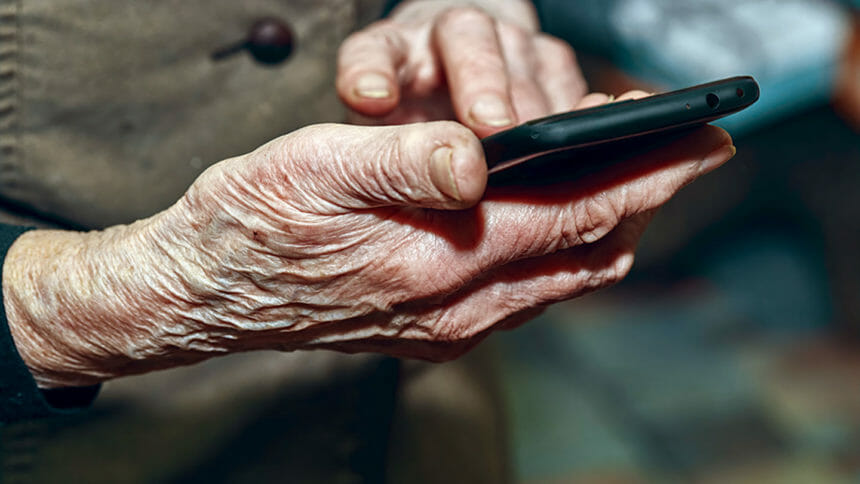
The COVID-19 pandemic changed almost everyone’s social calendar, with meet-ups moved to video chats, office collaboration happening over communication apps, and social media replacing lunch with a friend. A University of Washington research team investigated how this technology emphasis affected older adults’ social relationships and support networks during the pandemic.
Researchers interviewed 16 adults, age 65 to 76, with 63% living with a spouse or a family member who comprised their closest support circle. Study participants were asked how their technology use changed during the pandemic.
The findings emphasize that in-person interactions remained most valued, even as technology helped older adults stay connected. Those tech connections, study participants said, included emotional care, such as family members checking in, to providing care, such as offering comforting advice to younger family members and sending money through online apps.
While an easy and safe solution for quick check-ins during the pandemic, technology fell short of the in-person connection that the older adults said they craved. One participant said, “It’s distracting to me…[Video conferencing] feels like TV to me.” Still, tools like texting and video calling proved a means to maintain existing social ties when in-person meetings were limited.
To map out and visualize each older adult’s tech use and preferences, the researchers used a framework called the “convoy model”, with those closest to them in the inner circle, somewhat close in the middle circle, and more peripheral relationships in the outer circle.
The researchers found patterns in how technology maintained strong and weak social ties over time. For example, video calling was largely reserved for those in the inner circle. Text messaging and emails were more common for middle and outer circle connections.
This realization led lead author Shengzhi Wang, a UW doctoral student in human centered design and engineering, to suggest that tech developers pull older adults onto the team.
Wang said, “We highlight the need to codesign. Researchers and designers need to bring older adults into the design process of technology and take into account their individual circumstances, their social connections and how those affect technology use when they’re both providing and receiving support.”





